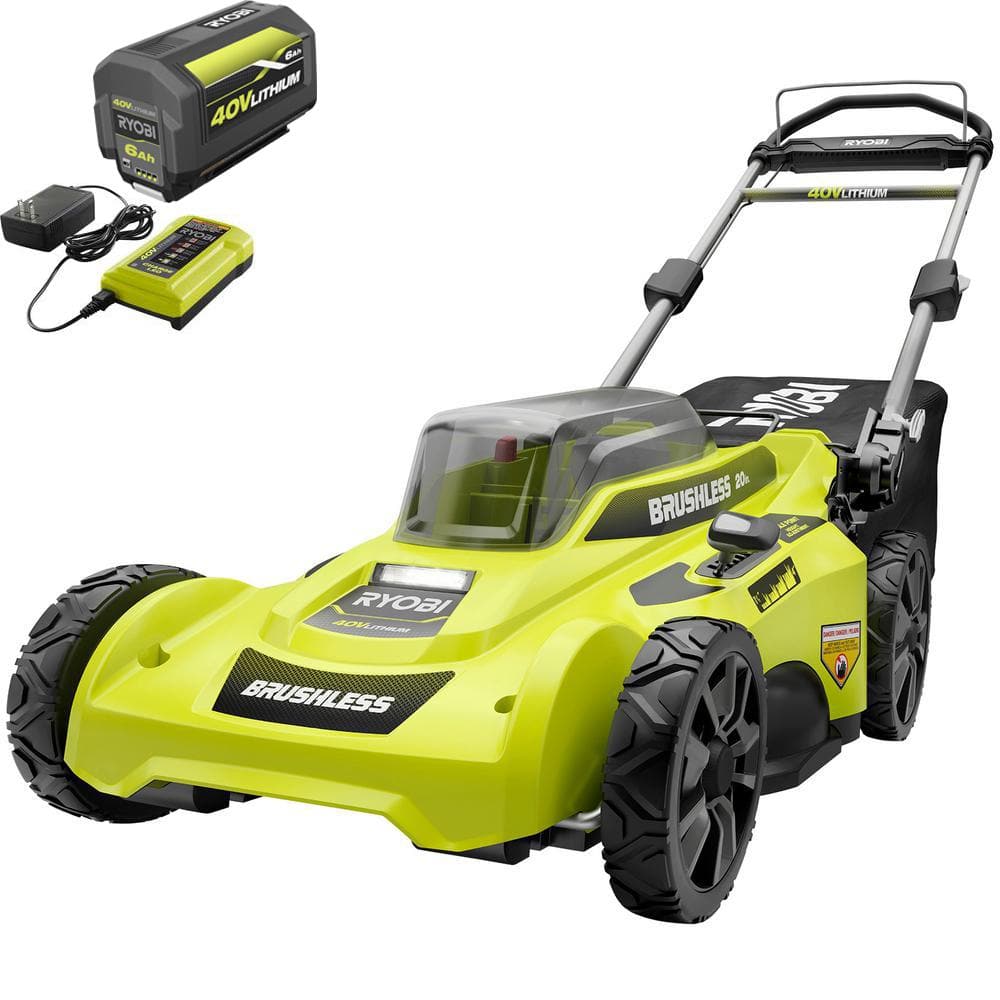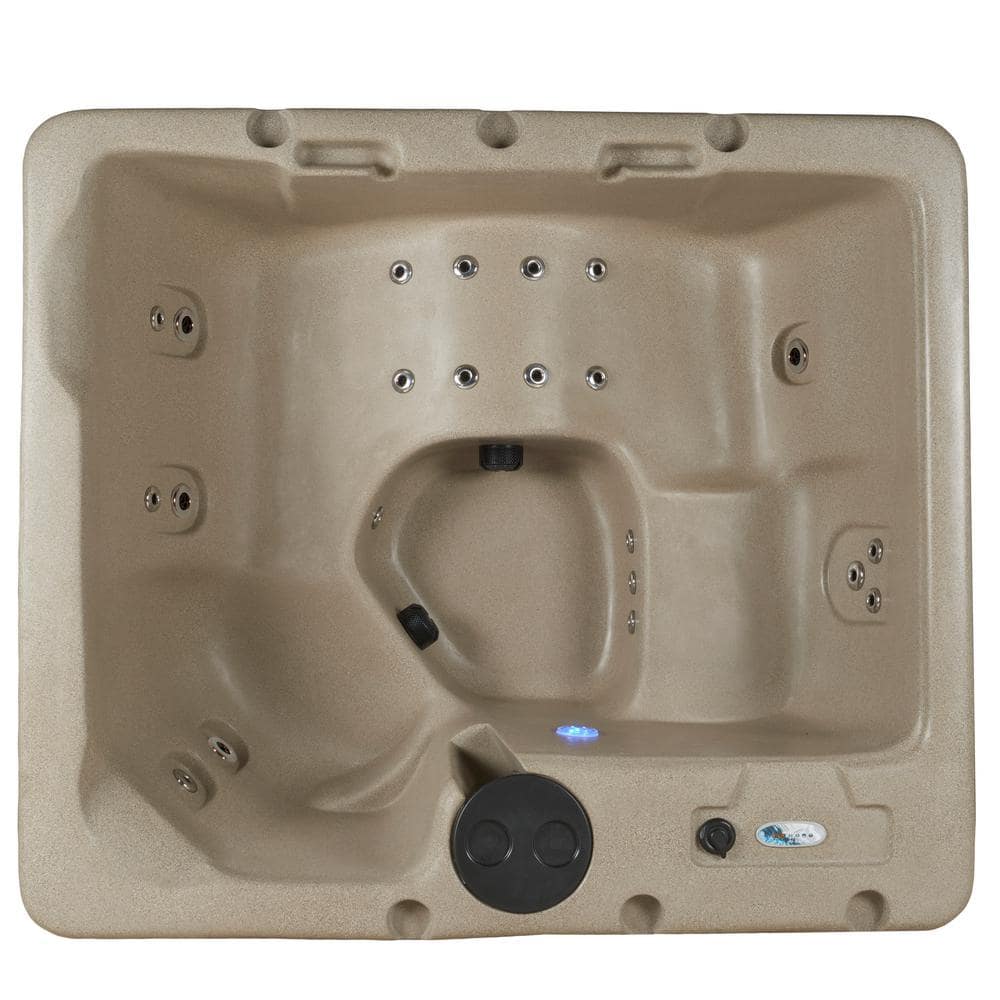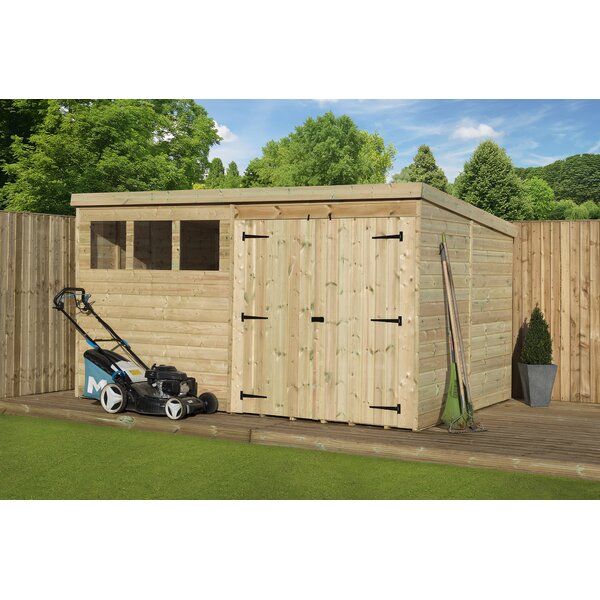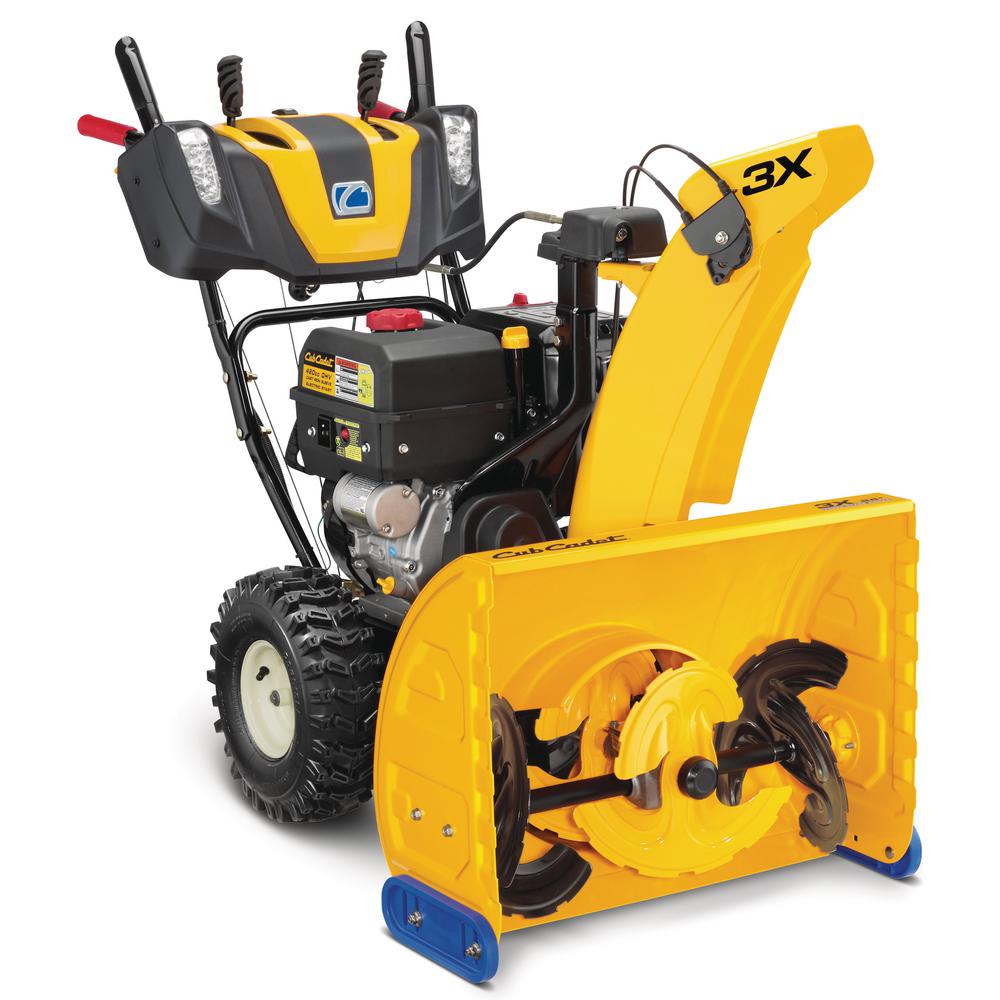Cub Cadet 3X 26 in. 357cc Three-Stage Electric Start Gas Snow Blower with Steel Chute, Power Steering and Heated Grips
Cub Cadet 26 inch Three Stage self-propelled Snow Blower. 3-stage technology to clear deep snowfall up to 50% faster. Electric start with heated grips for added comfort.
Take down the wall of winter with the Cub Cadet 3 in. x 26 in. 3 stage snow blower engineered to easily handle up to 18 in. of snow. Patented 3-stage technology includes an induction accelerator that quickly pulls snow, ice, and slush through the system like a turbocharger, allowing it to clear the wall of winter at the end of your driveway. A 3X brings power that’s built to blast with a Cub Cadet 357cc 4-cycle OHV engine and push button electric start, making it easy to start in winter weather. A heavy-duty cast aluminum auger gearbox and steel chute provide durability, allowing your machine to take on what winter has to offer. Heated grips provide added comfort in cold weather. Whatever your extreme, there is a Cub Cadet snow blower engineered for it.
- Cub Cadet 3 in. x 26 in. 3 stage gas snow blower has a clearing width of 26 in. intake height of 21 in. engineered to power through up to 18 in. to 23 in. of snow
- 357cc 4-cycle OHV Cub Cadet engine
- Patented 3-stage technology includes an induction accelerator that quickly pulls slush through the system like a turbocharger, giving this machine the power to handle large piles and drifts
- Powerful 3-stage technology clears deep snowfall up to 50% faster than a 2X 2-stage snow blower
- Features heavy-duty augers and impeller with 12 in. serrated steel construction and a steel shave plate for added durability
- Push button electric start makes it incredibly easy to start in winter weather, just attach an extension cord
- Trigger-controlled power steering and self-propelled drive for unmatched control, effortless maneuverability and single-hand operation
- Self-propelled, clear at your pace with 6 forward and 2 reverse speeds
- 16 in. x 4.8 in. X-Trac tires provide strong traction and mobility over snow
- Work before dawn or after sundown with dual LED headlights
- Engineered for durability with a heavy-duty cast aluminum auger gearbox and steel chute
- No rust, non-marking, reversible skid shoes glide along surfaces for better maneuverability
- Backed by a strong 3-year limited residential, 1-year limited commercial, and 5-year limited auger gearbox warranty brings reliability in product and service for the ultimate peace of mind
- Backed by expert service and knowledgeable support from the nationwide network of Cub Cadet dealers
- Use with 5-Watt to 30-Watt oil for best results, unit comes pre-filled with oil
- You’re covered winter after winter with a premium 3-year limited residential and 1-year limited commercial warranty and 5-year limited auger gearbox
Additional information
| Dimensions | H 34 in, W 28.5 in, D 49 in |
|---|---|
| Auger Diameter (in.) | 12 |
| Clearing Width (in.) | 26 |
| Ideal Snow Depth (In.) | 16 |
| Intake Height (in.) | 21 |
| Tire Height (in.) | 16 |
| Tire Width (in.) | 4.8 |
| Manufacturer Warranty | 3-Year Limited Warranty |






by David
It was assembled for me and I was helped loaded it on my trailer..
by Tom
Nice machine. Light weight yet can throw snow quite a distance. Seems to handle the wet heavy stuff and doesn’t plug the shoot.
by Jew
have been using Cubs since the 60s quality has never changed good American Product.